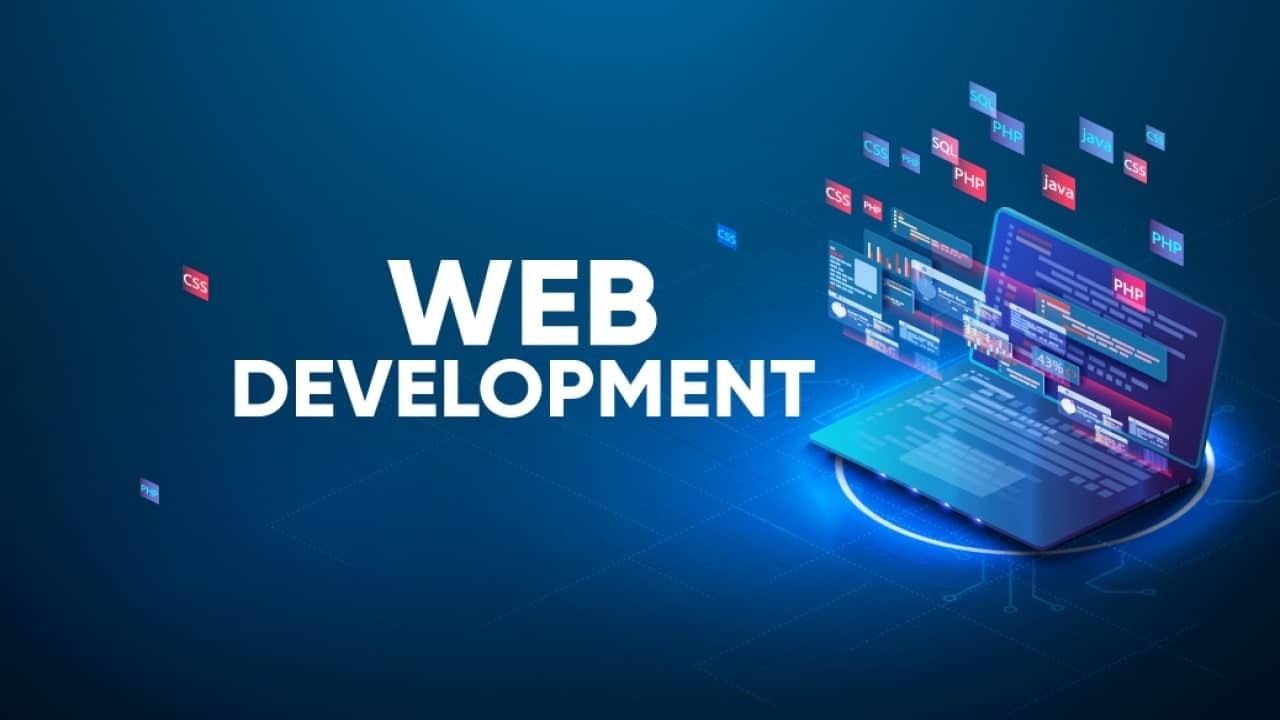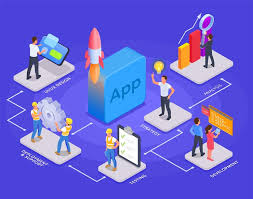Crafting the Digital World: An Essential Guide to Web Development
Dive into the world of web development and discover how websites and applications are built. This blog explores front-end, back-end, and full-stack development, highlighting the skills, tools, and immense career opportunities in this dynamic field.

In an era dominated by screens, clicks, and digital interactions, the internet has become the central nervous system of our modern world. From ordering groceries to connecting with loved ones across continents, managing finances, or simply seeking information, nearly every aspect of our lives is touched by the web. But what powers this ubiquitous digital experience? The answer lies in Web Development – the intricate process of building, creating, and maintaining websites and web applications.
More than just a technical skill, web development is an art form, a problem-solving discipline, and a crucial engine driving innovation. It's about translating ideas into interactive, accessible, and engaging digital realities. So, what exactly is web development, and why is it such a pivotal field today?
What is Web Development?
At its core, web development encompasses all the activities involved in creating a website or web application for the internet (World Wide Web) or an intranet (a private network). This involves a wide range of tasks, from simple static pages of plain text to complex web applications, e-commerce stores, and social networks.
The field is broadly categorized into three main areas, each requiring a distinct set of skills and tools:
1. Front-End Development: The User's Experience The "front-end" is everything you see and interact with when you visit a website. It's the user interface (UI) and user experience (UX). Front-end developers are the architects of what meets the eye, ensuring a site is visually appealing, intuitive, and responsive across various devices.
-
Key Technologies:
-
HTML (HyperText Markup Language): The foundational language for structuring content on the web (e.g., headings, paragraphs, images, links).
-
CSS (Cascading Style Sheets): Used for styling the HTML content, controlling colors, fonts, layouts, animations, and more.
-
JavaScript: A powerful scripting language that adds interactivity and dynamic behavior to websites, enabling features like animations, form validations, interactive maps, and single-page applications.
-
-
Tools & Frameworks: React, Angular, Vue.js, jQuery, Bootstrap.
2. Back-End Development: The Brains Behind the Operations While the front-end is what users see, the "back-end" is the server-side of a website, the infrastructure that powers everything behind the scenes. Back-end developers build and maintain the core logic, databases, and servers that enable the front-end to function. They handle data storage, security, user authentication, and communication between the server and the browser.
-
Key Technologies (Programming Languages): Python (with frameworks like Django, Flask), Node.js (JavaScript runtime), Ruby (with Ruby on Rails), PHP (with Laravel, Symfony), Java (with Spring), C# (with ASP.NET).
-
Databases: MySQL, PostgreSQL, MongoDB, SQL Server.
-
Servers: Apache, Nginx, Microsoft IIS.
3. Full-Stack Development: The Complete Package A full-stack developer possesses skills in both front-end and back-end development. They have a comprehensive understanding of how an entire web application works, from the user interface to the server logic and database management. This versatility makes them highly valuable, capable of overseeing entire projects or contributing to any part of the development process.
Why is Web Development So Critical Today?
-
Ubiquitous Digital Presence: In today's world, every business, organization, and even individual needs a robust online presence. A well-developed website is often the first point of contact and a critical tool for communication, marketing, and sales.
-
E-commerce Dominance: Online shopping has revolutionized retail. Web developers are essential for building and maintaining secure, scalable, and user-friendly e-commerce platforms.
-
Mobile-First World: With the proliferation of smartphones, responsive web development (ensuring sites look and function well on all devices) is paramount.
-
Innovation and Growth: Web development fuels innovation across industries, enabling new services, applications, and ways of interacting with information.
-
Career Opportunities: The demand for skilled web developers continues to surge, offering diverse and rewarding career paths with excellent growth potential.
The Development Process: From Concept to Launch
Web development typically follows a structured process:
-
Planning: Defining goals, target audience, and features.
-
Design (UI/UX): Creating wireframes, mockups, and user flows.
-
Front-End Development: Building the visual and interactive elements.
-
Back-End Development: Setting up servers, databases, and application logic.
-
Testing: Ensuring functionality, performance, and security.
-
Deployment: Launching the website or application.
-
Maintenance & Updates: Ongoing monitoring, bug fixes, and feature enhancements.
Conclusion:
Web development is far more than just writing code; it's about problem-solving, creativity, and building the digital infrastructure that shapes our lives. It's a field constantly evolving, driven by new technologies and changing user expectations. Whether you're interested in crafting beautiful user interfaces, engineering robust back-end systems, or mastering both as a full-stack developer, the world of web development offers boundless opportunities to innovate, create, and make a tangible impact on the digital frontier. As the internet continues to expand and integrate deeper into our daily existence, the role of skilled web developers will only become more indispensable, making it an incredibly exciting and rewarding career path for those who dare to build the future.




